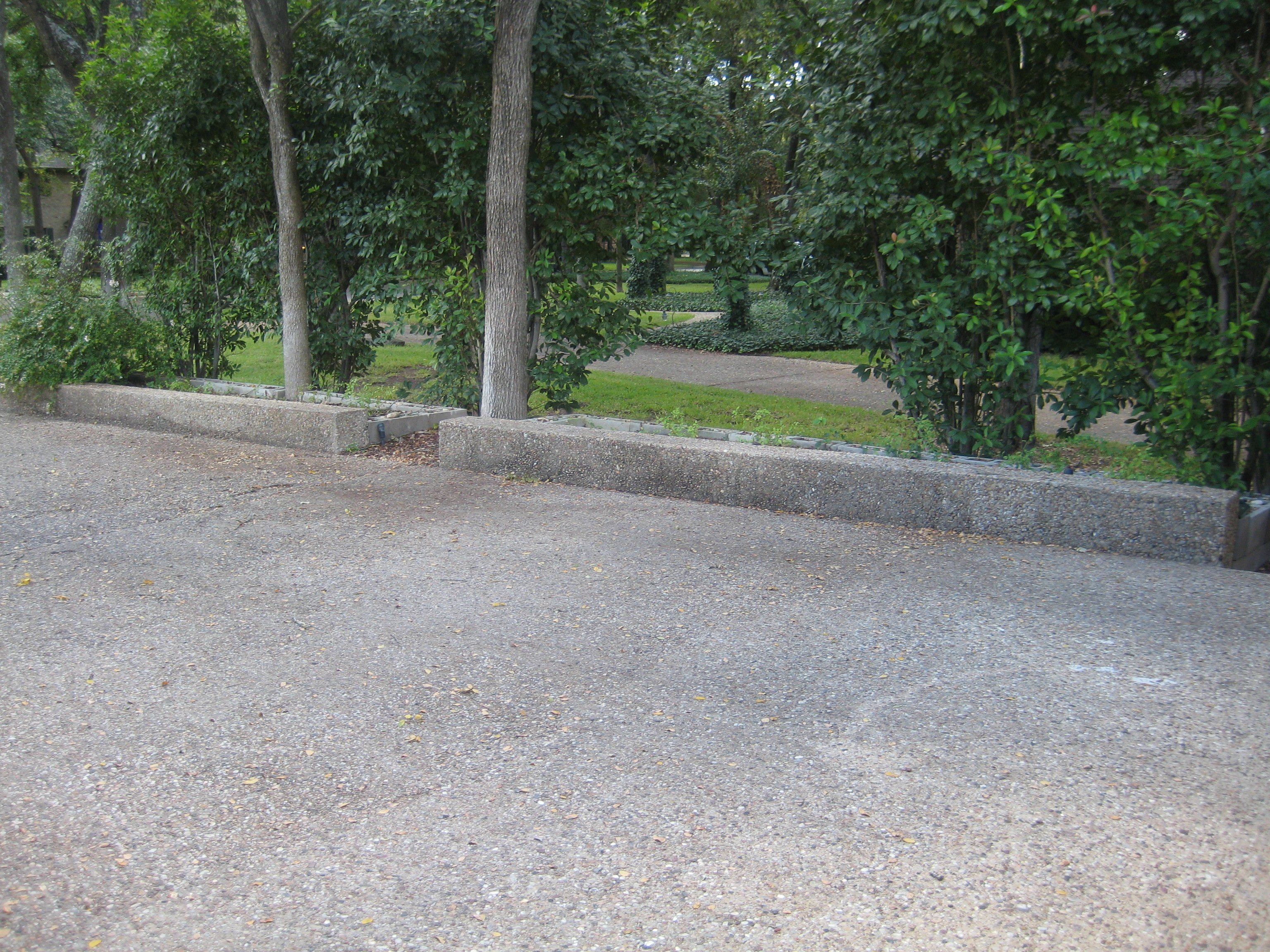This Forum will close on Wednesday 27 March, 2024. Please refer to the announcement on the Discussions page for further detail.
Plants to replace yellow day lilies?
Does anyone have any ideas for similar size/similar looking plants to replace yellow day lilies (Hemerocallis Stella De Oro). I am planting up a new bed and was going to use these near the front but have read so many awful stories of them being fatally toxic to cats (I have two cats) that I now don't wish to take that chance but I don't know what I can plant there instead. The replacements must be yellow and I am also using Nepeta Racemosa Walkers Low/Kniphofia Lemon Popsicle/Leucanthemum Real Charmer. Any ideas would be greatly appreciated.
0
Posts
Yellow forms of crocosmia if you want to stick with a similar leaf form to hemerocallis.
Have to say tho that I have had cats for over 40 years and have been growing lilies and hemerocallis for the last 30 or so and have had no trouble. I do remove the pollen bearing stamens from lilies indoors in flower arrangements but, generally speaking, the ones grown in pots or borders outside are held too high to brush against a cat's coat. I do keep them away from paths, just in case.
Adding to Obelixx comment, try Crocosmia Constance that has an abundance of yellow flower from June to September. It's approx.1m high and easy to keep in shape
Blimey I had no idea Day Lilies are harmful for cats. I avoid 'proper' Lilies for that reason but I've got a clump of Hemerocallis which I will now dig up and give away.
thanks for posting.
Dont think the poisoning issue is related to day lilies. It is thepollen in ordinary lilies that is fatal to cats. you should be fine. And day lilies keep their heads up - or at least mine do - my cats can't reach the heads when walking past.
It looks like it's a named variety of hemerocallis that has been found toxic. I found this on the American Hemerocallis Society webpage
"Owners of ill cats who were exhibiting signs of renal toxicity have identified [ingestion of] named daylilies, namely H. Stella D’ Oro. A university in Michigan is currently working to actually identifying the toxin which is a water soluble complex sugar. It is closely related to toxin in grapes and raisins that affects dogs. It will not cause renal toxicity in "all” dogs and at present they cannot explain why. However if the dog displays any signs of toxicity is not aggressively treated within 18 hours, it will die. The toxin affects the proximal renal tubules which in the process of shedding dead cells clogs the kidneys causing anurea. (the absence of urine production) and the animal dies. The same toxin from daylilies in cattle can cause blindness – but again, not in every instance. The selective nature of the toxicity in cats may be why our members the have had cats that munched on foliage or flowers and not become ill are raising questions. This toxin is specific for the feline and bovine species (at this time). However, I must continue to warn those with cats that ingesting of daylilies could be fatal to their pets. It’s all in the timing, though. Vomiting will occur within 2-3 hours and if this is noted and the cat is taken to a veterinary clinic within 18 hours from ingestion and treated aggressively they may be fine. If they become toxic and are not aggressively treated with the time frame they will die.
Given that we have recently adopted 2 kittens, now 6 months or so old, and have 2 dogs and we have cows as neighbours I think I will not be buying any more hemerocallis, much as I love them.
Last edited: 09 March 2017 10:58:27
What about dwarf yellow cannas? So colorful and the dwarf ones only get about 3' tall, unlike their giant cousins. I'm going to plant some of them (King City Gold) in a raised, concrete bed that flanks my front driveway this year. The bed only gets partial sun most of the day, so that may not be enough sun for them. They are very heat tolerant so should be able to withstand Texas searing heat and drought in Summer. I currently have 1 abelia (left end) and some well-spaced young blue plumbago in that bed and (assuming they come back from our hard freeze this past winter, I plan to plant a clump of canna between each one. I've only just cut back the 20' red-tip photinnias in this photo to the concrete bed top, with the intention of maintaining them each year to about 4-5' maximum height. Previous home owner appeared to never have pruned them so they have virtually stopped "reding out" for lack of new shoots. Annual pruning in February to maintain desired max height should fill/bush them out nicely and red them up each year. .
.
Last edited: 09 March 2017 19:15:57
Hi All - thanks for all the comments on my original post. I too had read the article posted by Obelixx - as for 'overreaction' I'm afraid I'd rather give up a few beautiful plants than have two dead cats on my hands - I would never forgive myself and don't think it's worth the risk.
Hogweed - as a point of interest, it's not just the pollen in lilies that is toxic - it's all/any parts of the plant that are ingested. Pollen is only the more obvious as cats can get it on their fur then ingest it when grooming.